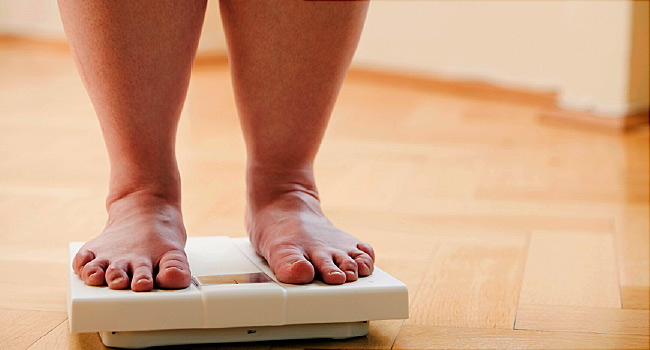You’ve worked hard on your journey to self-discovery. You’ve started eating right, and you’ve worked out many long and hard days. Over time, and bit by bit, you’ve taken off the weight and you’ve built a healthier lifestyle. You feel better when you look in the mirror, and you have newfound confidence now that you know just what your body can do.
But if you lost a lot of weight, you are probably facing what a lot of people in your position have: sagging skin and stretch marks. Fortunately, there are many things you can do to get your skin to match your body’s new, healthy shape and your improved self-image. Here are a few tips:
Treat Stretch Marks
A lot of people equate stretch marks to pregnancy, but you can get stretch marks from gaining weight or even losing it very quickly. Any time your skin goes through big changes in a short amount of time, stretch marks are a possibility.
People have all kinds of theories about what can treat stretch marks, ranging from Vitamin E to cocoa butter, and there are many “miracle creams” on the market claiming to eliminate them. Dermaclara stretch marks pads are made of medical-grade silicone and help to reduce the appearance of stretch marks, as well as the fine lines and wrinkles that can appear when you lose a lot of weight.
The Dermaclara stretch mark treatment is simple to use and gets fast results. Your skin can look as new as your body feels.
Prevent Rashes and Infections
When you have a lot of loose skin after extreme weight loss, you are prone to getting more rashes and infections. The skin folds over itself, and the folds can rub against each other and irritate the skin. Minor cases result in annoying rashes, but continued rubbing can break the skin and allow for infections to develop. You can even get fungal infections inside the folds.
You can help to prevent this chafing by using deodorant and creams that reduce the friction between the rubbing folds. Antiperspirants also help to cut down on the sweating that can occur in these folds and contribute to yeast and fungal growth. If you do get a rash or an infection, treat it promptly with the appropriate cream or ointment to prevent it from getting worse.
Wear Compression Garments
Compression garments can help to hold loose skin up and prevent it from chafing or rubbing. It can also tuck the skin back so that you don’t unsightly bumps under your clothes, making it appear as if you haven’t made as much progress as you have. Most compression garments are designed for the arms and legs, but you can find them for the torso, as well.
Talk to your doctor about whether you need specialty garments to address any other health issues, such as varicose veins you may have developed when you were overweight or blood pressure issues.
Get Surgery
Unfortunately, there is no way to tighten skin except to remove the excess skin surgically. The severity of your excess skin will depend on how much weight you gained and then lost, how many times you have lost and gained and lost weight again, and how old you were when you lost the weight. The skin may be able to tighten over time, particularly with strength training, but you may not be able to tighten all the skin.
Insurance will likely only pay for surgery to remove the skin around your abdomen, where chafing and infections are most common. Just talk to your doctor and your insurance company about what might be possible.
Ultimately, you may decide that removing loose skin isn’t necessary at all. You may embrace it as part of your newfound confidence and improved self-image.
However, you will want to take care of these other issues to restore the health of your skin. Following these tips can help you to get healthy and beautiful skin that will make you look as good on the outside as you do on the inside. Make sure you are sticking to a healthy diet that will help you keep the weight off and will make your skin positively glow.

